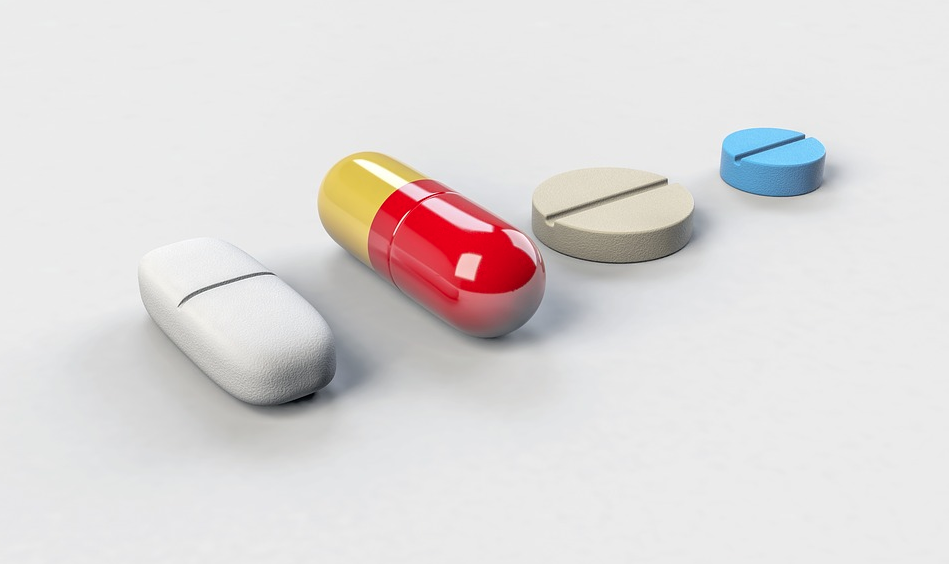Prescription drugs are truly one of the miracles of the modern world. They have not only greatly increased the lifespans of humans, but they’ve made life much less painful and often potentially much happier for millions of people. Understanding these drugs, though, requires knowing a bit more about where they really come from and the process by which they are made. While these drugs have many different sources, they all follow a fairly similar path to production.
Starting with an Idea
All prescription drugs start with an idea. There’s a need on the market, and someone looks to develop a drug to fill that need. In some cases, this is because of a disease that’s causing a significant amount of pain or suffering for a researcher’s loved one. In other cases, a company might notice that an existing treatment might have side effects that make taking a drug difficult or that might make it impossible for some people to receive treatment. Regardless of the reasoning, these drugs all start with an idea. Because there is great cost associated with this type of research, typically either the government or a philanthropic organization will fund the initial research and development of a new prescription drug.
The Lab
The next step is the lab. Skilled researchers look into how diseases work on a biological level and then look for solutions to that problem. They make use of high-tech equipment and industry leading laboratory mixers in order to combine different chemicals and look for potential solutions. The better the grasp on the illness, the easier it is to look for solutions—though many researchers continue to look for better cures to even common diseases. This is an intense process and requires a team with varying specialties and knowledge.
Testing
The next step is testing. Scientists are required to follow strict testing protocols even when they think they may have found drugs that could have a major impact. They tend to start with data trials, then move on to testing on animals. If the animal trials are successful, they’re able to move on to testing their drugs on human volunteers through clinical trials. These studies can take years to finish, sometimes last as long as 15 years to get adequate data and to fine tune the results. However, the data gained is invaluable and well worth the wait. Once the research is complete it must be submitted to and reviewed by the US Food and Drug Administration. If the data looks good the FDA will then approve the drug for production.
Going to Market
The final step is bringing the drugs to the market. Most prescription drugs come from giant pharmaceutical companies that have the money and ability to invest in, develop drugs, and then bring them to doctor offices and hospitals around the nation. Most manufacturers apply for a patent on their particular drug, which only lasts for a certain amount of time until generic drugs will follow the original formulation to market. Once marketed and packages, the drugs make their way to pharmacies and hospitals across the world. Even after going to market, the FDA will continue to monitor the quality and safety of every drug developed in the United States.
Prescription drugs begin as nothing more than an idea, and then go through significant research and testing before being made available to consumers. This can be a long process with many potential setbacks, but it’s one that can change lives. Understanding this full process can help you to understand exactly why some drugs are so expensive and why it can take so long for researchers to find cures for illnesses.
Emma Sturgis
Recent Posts
- Castor Oil For Better Hair Growth: Is It Myth Or Fact?
- Exploring the Differences Between Sermorelin, Ipamorelin, Ibutamoren, GHRP2, and GHRP6: Understanding Their Role in Human Growth Hormone Regulation
- Unraveling the Mystery: Understanding the Causes and Prognosis of Ventricular Tachycardia Without Apparent Heart Disease
- Understanding Grandparents’ Rights in Oklahoma: Navigating Visitation and Legal Protections
- 10 Reasons to Consider Hypnotherapy for Your Health


